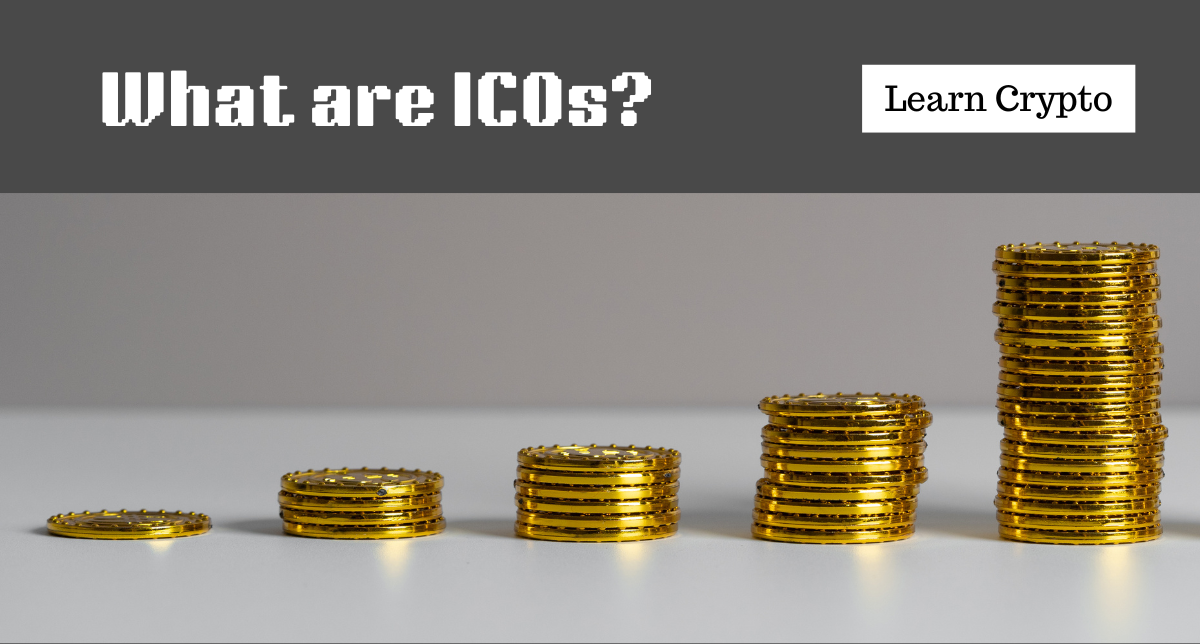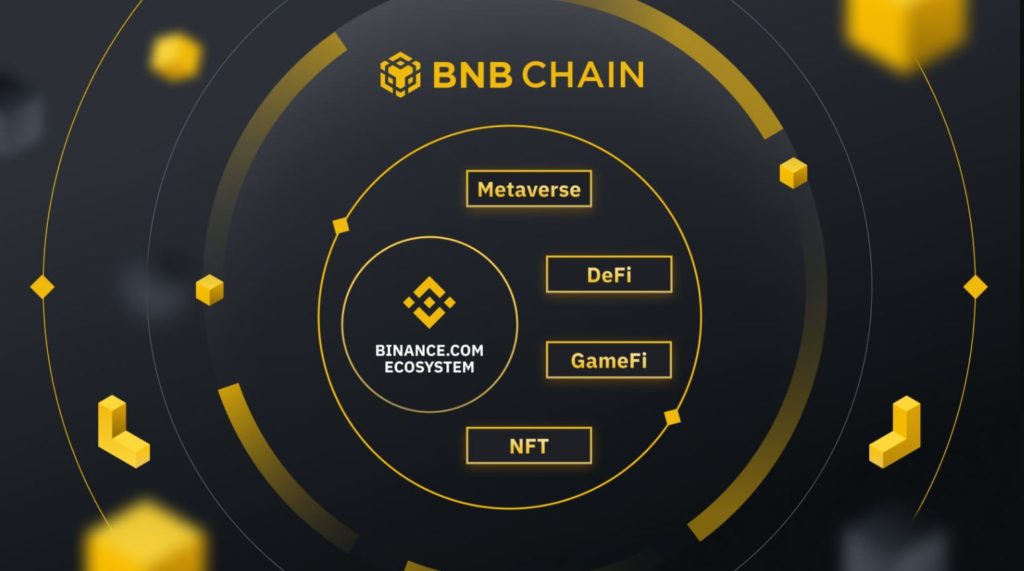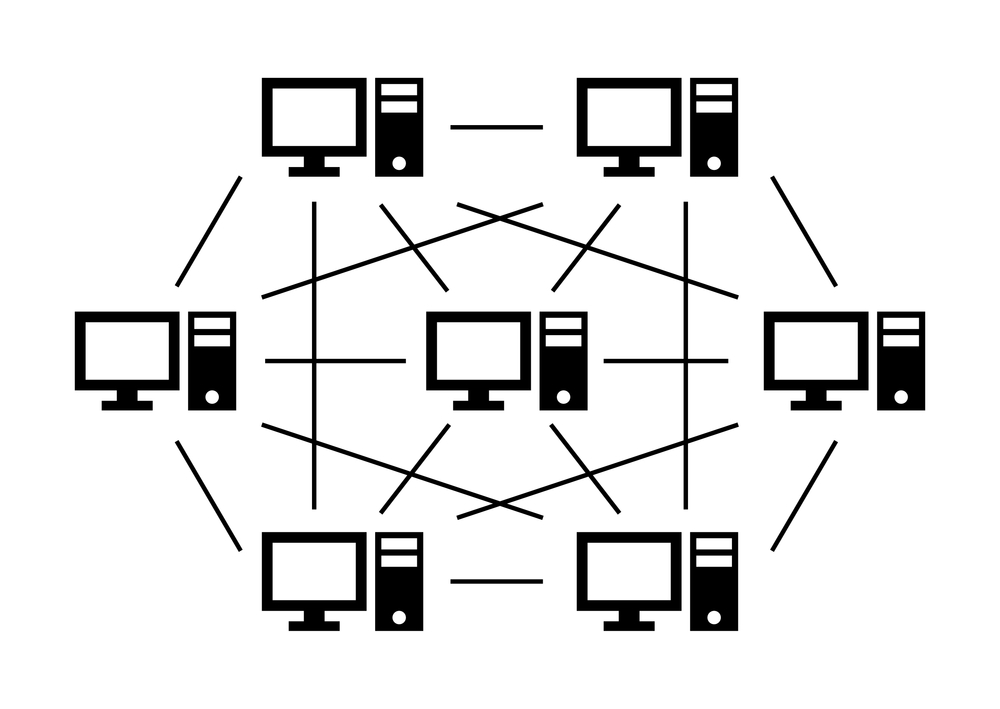In the world of cryptocurrency and blockchain technology, Initial Coin Offerings (ICOs) have become one of the most popular fundraising mechanisms. They allow new projects to raise capital by selling their native tokens to early investors and supporters.
While ICOs have led to the success of many blockchain-based projects, they’ve also seen their share of controversies and failures. This article will explore what ICOs are, how they work, and look at real-life examples to illustrate the impact they have had on the crypto industry.
What is an Initial Coin Offering (ICO)?
An Initial Coin Offering (ICO) is a fundraising method used primarily by startups and new projects to raise capital for development.
Similar to Initial Public Offerings (IPOs) in the traditional finance world, ICOs enable a company or project to offer its digital tokens to investors in exchange for established cryptocurrencies like Bitcoin (BTC) or Ethereum (ETH), or sometimes even fiat currency.
When an investor purchases tokens during an ICO, they are essentially buying a stake in the project. If the project succeeds, the value of these tokens can increase, offering substantial returns. However, if the project fails or turns out to be a scam, investors could lose their entire investment.
How are ICOs launched?
- Whitepaper Release: The project team releases a detailed document, known as a whitepaper, explaining the project’s concept, goals, roadmap, and how the raised funds will be used.
- Token Creation: The project issues its unique tokens, which will be sold during the ICO. These tokens can represent a variety of rights, such as access to the platform, a share in revenue, or governance rights in the project.
- Fundraising Campaign: The ICO is announced to the public, and investors are invited to purchase the newly minted tokens using accepted cryptocurrencies or fiat.
- Distribution: Once the ICO ends, the tokens are distributed to the participants, who can hold, trade, or use them based on the project’s utility.
Types of Tokens Issued in ICOs
Tokens issued during ICOs can be broadly classified into two categories:
- Utility Tokens: These tokens provide access to a product or service. They do not grant ownership rights or entitlements to profits. For example, Golem’s GNT token allows users to access the Golem supercomputer network.
- Security Tokens: These tokens represent ownership in an asset or a stake in the company. They are subject to regulations, similar to traditional securities. An example is tZERO, a platform for security token trading.
Real-Life Examples of Successful ICOs
1. Ethereum (ETH)
One of the most successful ICOs to date is Ethereum. Launched in 2014, Ethereum’s ICO raised over $18 million in BTC by selling its native Ether (ETH) token at a price of around $0.30 per token. The project was designed to provide a decentralized platform for creating and executing smart contracts and decentralized applications (DApps).
Today, Ethereum is the second-largest cryptocurrency by market capitalization, with the price of one Ether reaching thousands of dollars. The funds raised during its ICO enabled Ethereum to develop its blockchain network, which now hosts thousands of decentralized applications, driving the growth of the entire DeFi ecosystem.
2. Filecoin (FIL)
Filecoin’s ICO in 2017 raised a staggering $257 million, making it one of the largest ICOs ever. Filecoin is a decentralized storage network that allows users to rent out spare hard drive space and earn FIL tokens in return. The ICO’s success was partly due to the project’s clear use case and solid technical foundation.
Filecoin’s mainnet launched in 2020, and its token saw significant appreciation in value. As a result, Filecoin has become a go-to solution for decentralized storage, competing with traditional cloud services like AWS and Google Cloud.
3. Tezos (XTZ)
Tezos held an ICO in 2017, raising $232 million in Bitcoin and Ethereum. The project aimed to create a self-amending blockchain, which could upgrade itself without the need for hard forks. Despite facing internal conflicts and legal battles post-ICO, Tezos overcame these challenges and launched its mainnet in 2018.
Tezos has since gained traction as a platform for smart contracts and decentralized applications. Its governance model, which allows stakeholders to vote on protocol upgrades, has been a unique selling point, helping it secure partnerships with major companies like the French banking giant Société Générale.
Failed ICOs and Scams
While some ICOs have flourished, others have ended disastrously. Here are a couple of infamous examples:
1. BitConnect (BCC)
BitConnect was one of the most notorious scams in the history of ICOs. Launched in 2016, it promised high returns through a lending and exchange platform. By mid-2017, BitConnect’s BCC token had reached a market cap of over $2 billion. However, it turned out to be a Ponzi scheme, and in early 2018, the platform was shut down. Investors lost millions as the BCC token’s value plummeted to near zero.
2. Centra Tech (CTR)
Centra Tech’s ICO in 2017 raised over $32 million to build a platform that supposedly offered a crypto debit card backed by Visa and Mastercard. It turned out that these partnerships were fake, and the project’s founders were later arrested for fraud. Investors lost all their funds, and the founders faced legal consequences.
The Regulatory Landscape for ICOs
The regulatory landscape for ICOs varies significantly by region. In the United States, the Securities and Exchange Commission (SEC) has classified many ICO tokens as securities, meaning they must comply with existing securities laws. Failure to do so has led to enforcement actions against numerous ICOs.
Countries like Switzerland and Singapore have adopted a more favorable stance towards ICOs, providing clearer guidelines and a supportive regulatory environment. This has led many projects to launch their ICOs in these regions to avoid legal complications.
Key Considerations Before Investing in ICOs
Given the risks and rewards associated with ICOs, investors should consider the following before participating:
- Conduct Thorough Research: Read the project’s whitepaper, analyze the team’s background, and evaluate the project’s goals and use cases.
- Understand the Token’s Utility: Determine if the token has a real use case within the platform or if it’s merely speculative.
- Regulatory Compliance: Check if the project complies with local and international regulations to avoid potential legal issues.
- Community and Developer Support: A strong community and active development team are indicators of a project’s potential success.
Conclusion
Initial Coin Offerings and token sales have revolutionized the way blockchain projects raise funds and engage with early supporters. While some ICOs have led to groundbreaking projects like Ethereum and Filecoin, others have resulted in massive losses for investors due to scams and mismanagement. As an investor, it’s essential to conduct thorough research, understand the underlying technology, and assess the project’s potential before participating in any ICO.
ICOs remain a high-risk, high-reward avenue for investment. With proper due diligence and awareness of the associated risks, they can offer opportunities to be part of the next big innovation in the blockchain space.





